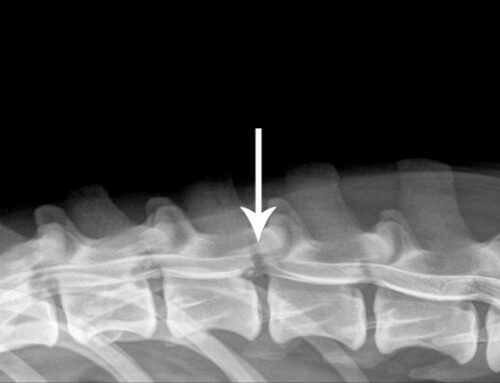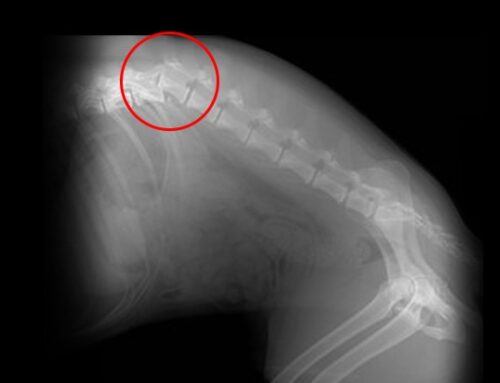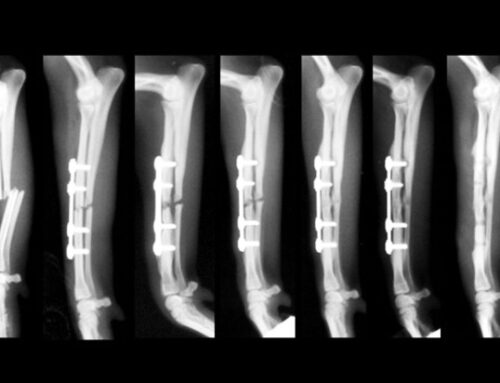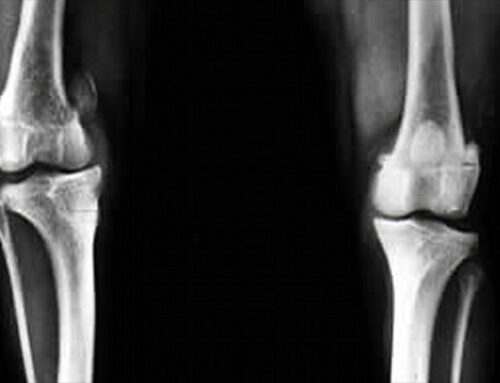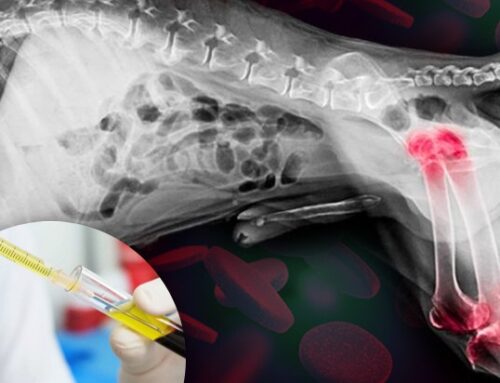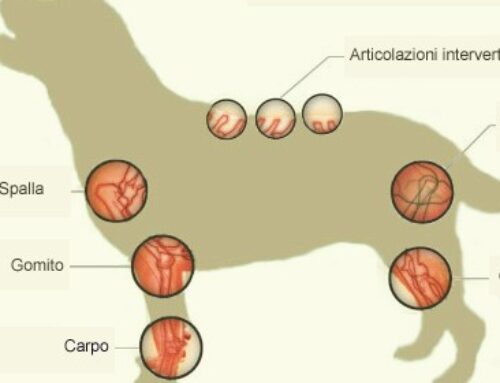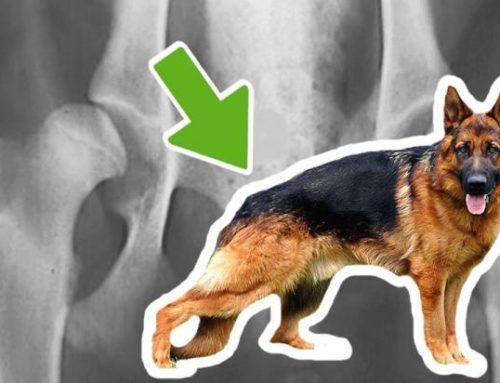Hip dog dysplasia is a disease that attacks the femur and the acetabulum, the bone cup of the hip.
While having a genetic origin, it doesn’t show until after the birth, during the puppy’s first year.
What breeds are in danger?
Medium-to-Large and Very Large are the most endangered breeds, including half-breed and cross-breed.
Nobody can ascertain for sure the presence of this disease via naked eye or even by examining the hip with its hands.
So, how do you find out the presence of this dysplasia?
Only the X-ray can discover it, from as soon as 6 months old to an official prognosis in the first year of growth.
If the puppy doesn’t show any signs of dysplasia during such early stages, he won’t get it in the future.
Arthrosis may appear, but it will be natural.
Hip dog dysplasia degrees
The hip joint is very simple but it allows for very complex movements: flexion and extension, adduction and abduction, rotation and circumduction.
When the femur is not in the right position inside the acetabulum, we have a case of dysplasia.
Such dysplasia can come in 3 degrees:
. Normal (Grade A)
. Semi-normal (Grade B)
. Functional (Grade C)
Are the puppies of sane couples always sane?
No, since a dysplasia can appear even in puppies with completely sane parents.
Breeding dogs should always be checked out during their first year.
Unfortunately, only a small part is taken in for a full exam: the others live their lives without knowing.
More causes of hip dog dysplasia
Experts agree that the main causes of dysplasia are two:
1) Alimentation = The dog overeats or eats in a poorly organized way, putting the joints under severe stress.
Another cause may be the use of over-protheic food, which allows for a quicker but unhealthy development of the puppy.
2) Environment = Keeping the puppy in a damp environment is disastrous for his/her joints
What are the chances of a dog with hip dysplasia?
Too often owners lose hope when their dogs, after getting an x-ray, are found presenting some form of dysplasia.
Rest assured!
A dog with dysplasia may live in tranquility and freedom, thanks to his raw muscle power.
How to act for your puppy?
If the puppy has some minor symptoms, increasing its muscle power by physiotherapy on soft ground and some swimming will put the femur in the acetabulum.
If the puppy has some more serious problems, the only solution is a surgical operation, with the rotation of the acetabulum until the femur coverage.
How to act for your grown dog?
After a thorough exam performed by the doctor, usually the patient will have to follow a therapy based on anti-inflammatories, physiatrist and supplements.
In worst cases, the surgery option is the safest, with a hip replacement or a femur osteotomy.

